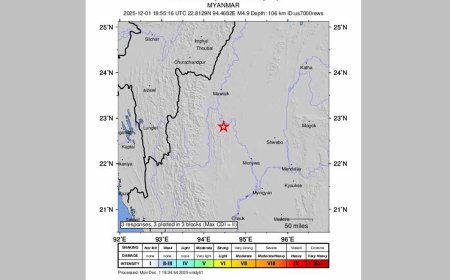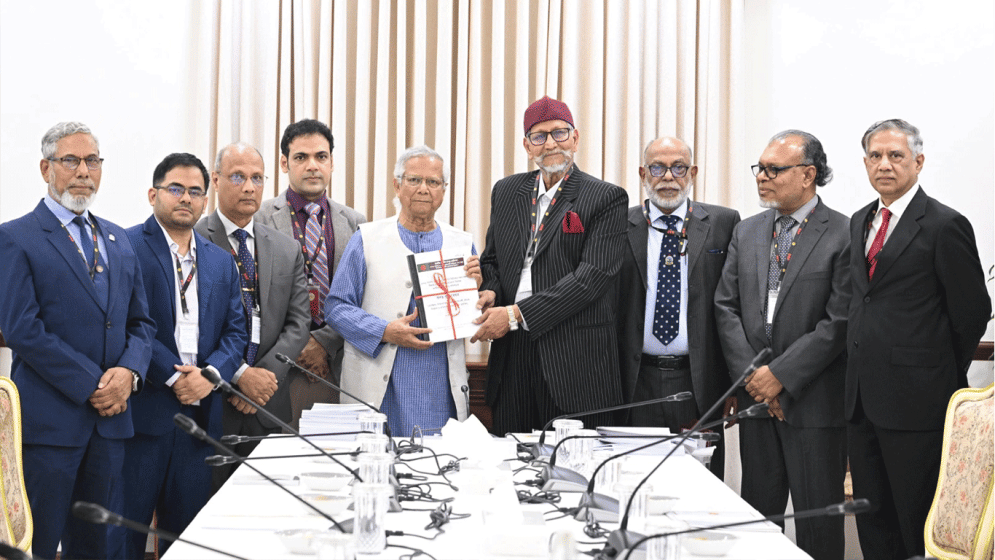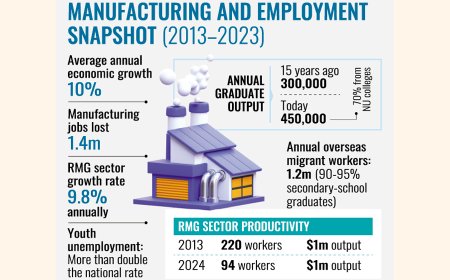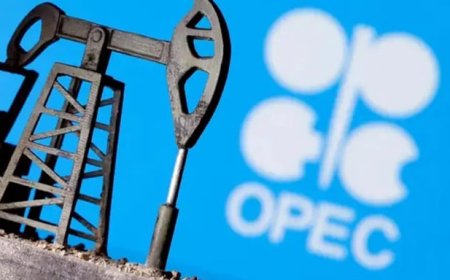Australian-led study reveals new pathway to large-scale green hydrogen production
Australian-led study reveals new pathway to large-scale green hydrogen production
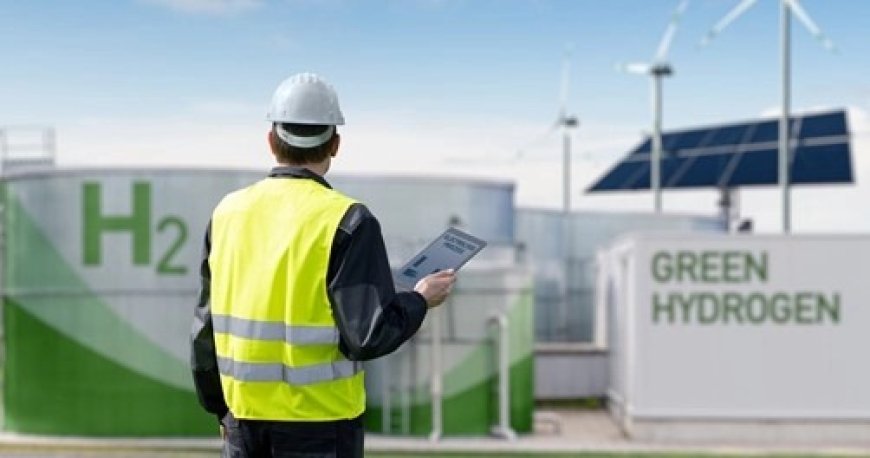
An international research team led by Australia's Monash University has made a major breakthrough in the quest for large-scale green hydrogen production—potentially removing a key barrier to global decarbonization.
The study, unveiled on Thursday, highlights a solution to the problem of iridium scarcity and cost. Iridium, a rare and expensive metal, is currently essential in state-of-the-art electrolyzers used to produce green hydrogen.
The researchers propose cobalt as a viable alternative. Cobalt is far more abundant and affordable, but its lack of stability in harsh electrolyzer conditions has previously limited its use.
“Cobalt is significantly cheaper than iridium, but making it stable enough to withstand the harsh conditions inside electrolysers has long been a challenge,” explained Darcy Simondson, a Monash PhD graduate and contributor to the study.
Past efforts using cobalt-based catalysts had fallen short due to durability issues. But after over three years of rigorous research using cutting-edge spectroscopic, electrochemical, and computational methods, the Monash-led team—working alongside scientists from Germany, the US, and the UK—has successfully addressed this challenge.
Published in Nature Energy, the study reveals that catalytic activity and material degradation in cobalt anodes are not directly linked. This decoupling allows for improved performance without compromising the catalyst’s lifespan.
The breakthrough paves the way for more affordable, scalable green hydrogen production and may also spur innovation in other catalyst-based technologies.
What's Your Reaction?








